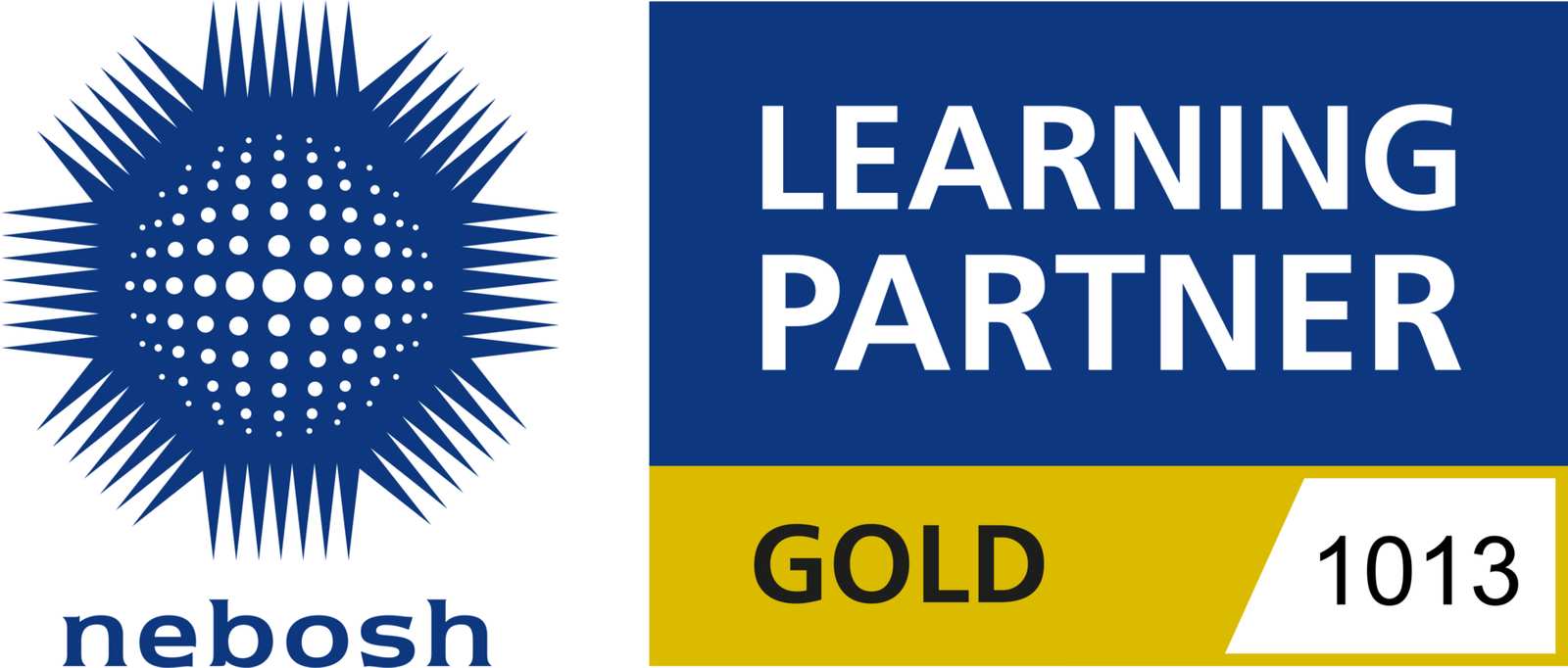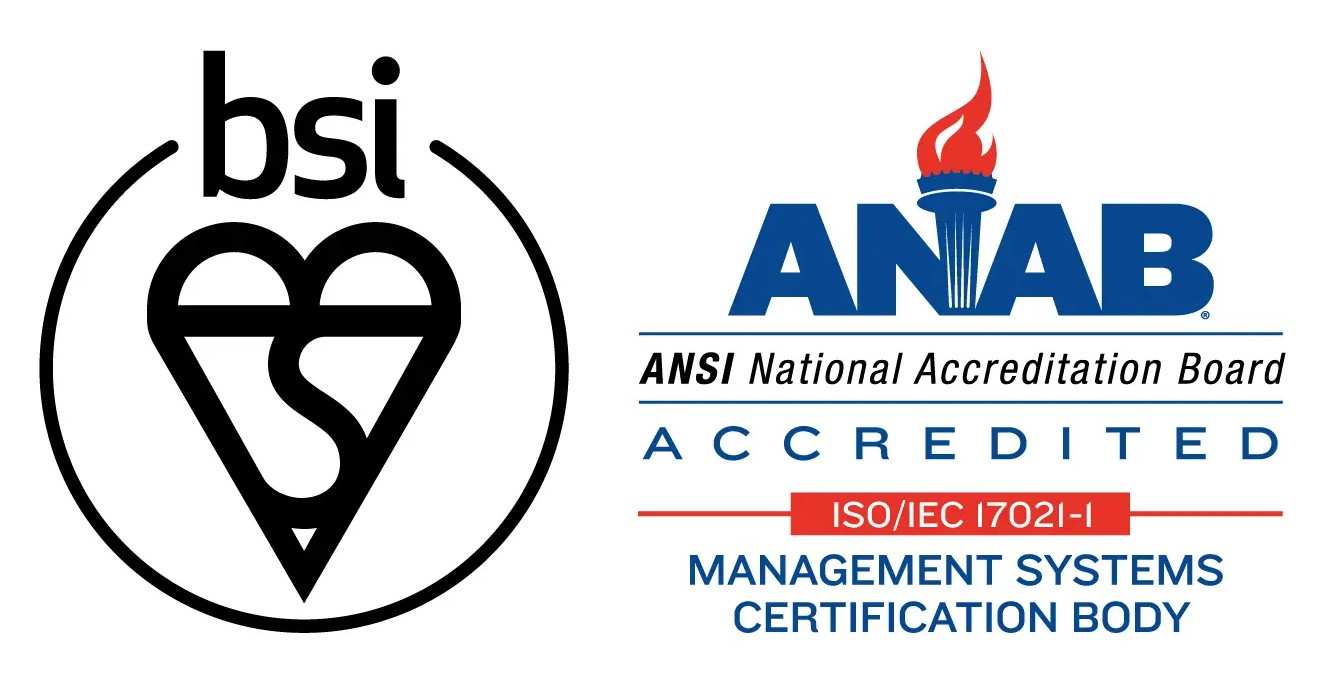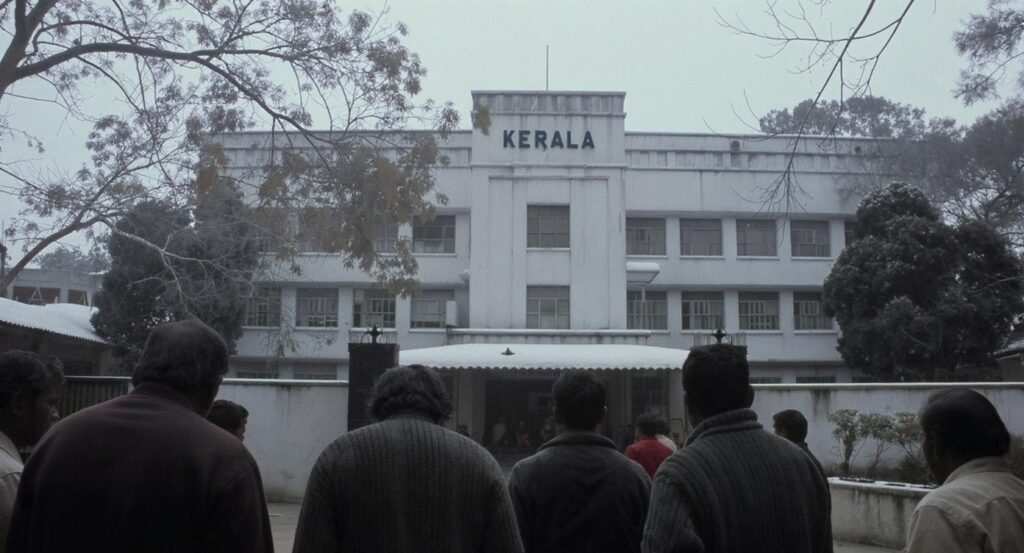ISO 17025 is the Standard for a Management System used for Calibration and Testing Laboratories.
There are many commonalities with the ISO 9000 standard, but ISO/IEC 17025 adds in the concept of competence to the equation. And it applies directly to those organizations that produce testing and calibration results. Since its initial release, a second release was made in 2005 after it was agreed that it needed to have its quality system words more closely aligned with the 2000 version of ISO 9001.
The standard was first published in 1999 and on 12 May 2005 the alignment work of the ISO/CASCO committee responsible for it was completed with the issuance of the reviewed standard. The most significant changes introduced greater emphasis on the responsibilities of senior management, and explicit requirements for continual improvement of the management system itself, and particularly, communication with the customer.
The contents of ISO/IEC 17025 – The ISO/IEC 17025 standard itself comprises five elements that are Scope, Normative References, Terms and Definitions, Management Requirements and Technical Requirements. The two main sections in ISO/IEC 17025 are Management Requirements and Technical Requirements. Management requirements are primarily related to the operation and effectiveness of the quality management system within the laboratory. Technical requirements includes factors which determines the correctness and reliability of the tests and calibrations performed in laboratory.
Laboratories use ISO/IEC 17025 to implement a quality system aimed at improving their ability to consistently produce valid results. It is also the basis for accreditation from an accreditation body. Since the standard is about competence, accreditation is simply formal recognition of a demonstration of that competence. A prerequisite for a laboratory to become accredited is to have a documented quality management system. The usual contents of the quality manual follow the outline of the ISO/IEC 17025 standard.
In order for accreditation bodies to recognize each others’ accreditations, the International Laboratory Accreditation Cooperation (ILAC) worked to establish methods of evaluating accreditation bodies against another ISO standard (ISO/IEC Guide 58 – which became ISO/IEC 17011). LAC – the International Laboratory Accreditation Cooperation – is an international cooperation of laboratory and inspection accreditation bodies formed more than 30 years ago to help remove technical barriers to trade.
Accreditation is the independent evaluation of conformity assessment bodies against recognised standards to carry out specific activities to ensure their impartiality and competence. Through the application of national and international standards, government, procurers and consumers can have confidence in the calibration and test results, inspection reports and certifications provided.
Accreditation bodies are established in many countries with the primary purpose of ensuring that conformity assessment bodies are subject to oversight by an authoritative body.
Accreditation bodies, that have been evaluated by peers as competent, sign arrangements that enhance the acceptance of products and services across national borders, thereby creating a framework to support international trade through the removal of technical barriers.
These arrangements are managed by the International Laboratory Accreditation Cooperation (ILAC), in the field of laboratory and inspection accreditation, and the International Accreditation Forum (IAF), in the fields of management systems, products, services, personnel and other similar programmes of conformity assessment. Both organisations, ILAC and IAF work together and coordinate their efforts to enhance the accreditation and
What We do ?
Our Subject Matter experts assist in
- Gap Assessment
- Documentation
- Training on the standard’s requirement
- Risk Management
- Internal Audit
- Corrective and Preventive Action process
- Assist in coordinating with Accreditation bodies







